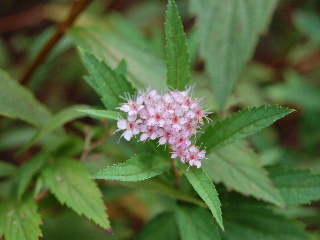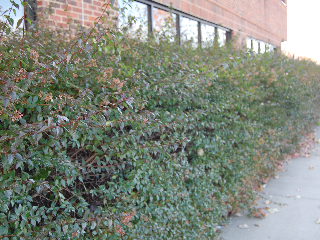
Here’s another favorite for all us fans of unassuming and low maintenance, yet quite showy, blooming plants to add to our flowering landscape.
Spirea is a deciduous, low growing shrub that produces flowing clusters of small flowers.
Some of the spirea bushes bloom in the springtime while others produce their blooms during a period from late spring and continuing into the summer. Check your varieties as you plant them to see when you can expect flowering.
Spirea bushes are very undemanding of growth conditions.
The main requirement for vigorous health and growth is a sunny location. This assures plenty of blooms during flowering time. Shade or partial shade will produce scrawny plants that bear few flowers.
Adequate moisture, tending toward the drier side, and moderately fertile soil are all that’s needed to complete the planting site.
Add a layer of mulch to the soil around your spirea plants to maintain soil moisture and to suppress weed growth.
Spirea bushes can be added into your garden in a variety of planting configurations.
They will work as stand-alone plants, where they can be allowed to grow freely (no pruning) thus producing the maximum in flowing flower clusters and cascading green foliage. (Fond memories of my grandmother’s garden, as she had a couple of big free-flowing spireas that “owned” a corner of the front yard!)

Or, the spirea bushes can be planted as a hedge. This works especially well as a foundation planting (see photo), where the soft vegetation “ties” the building to the ground.
Spirea bushes also work well as a border in your garden of other mixed flowering spring and summer plants.
Colors of spirea bushes are generally rather subdued (usually white or shades of soft purple or pink), thus allowing your other flowers to provide most of the show.
The flowing nature of spirea’s foliage and its cascading blooms also provide a nice contrast to the texture of other plants in the garden.
Light pruning (if any) is all that’s needed to keep your spirea plants under control and in the shape and form you desire.
Prune spring blooming varieties after they flower, and prune the summer blooming varieties at the end of the summer or into fall to assure the plants produce blooms next year.
 Here’s another favorite for all us fans of unassuming and low maintenance, yet quite showy, blooming plants to add to our flowering landscape.
Here’s another favorite for all us fans of unassuming and low maintenance, yet quite showy, blooming plants to add to our flowering landscape.
 Or, the spirea bushes can be planted as a hedge. This works especially well as a foundation planting (see photo), where the soft vegetation “ties” the building to the ground.
Or, the spirea bushes can be planted as a hedge. This works especially well as a foundation planting (see photo), where the soft vegetation “ties” the building to the ground.